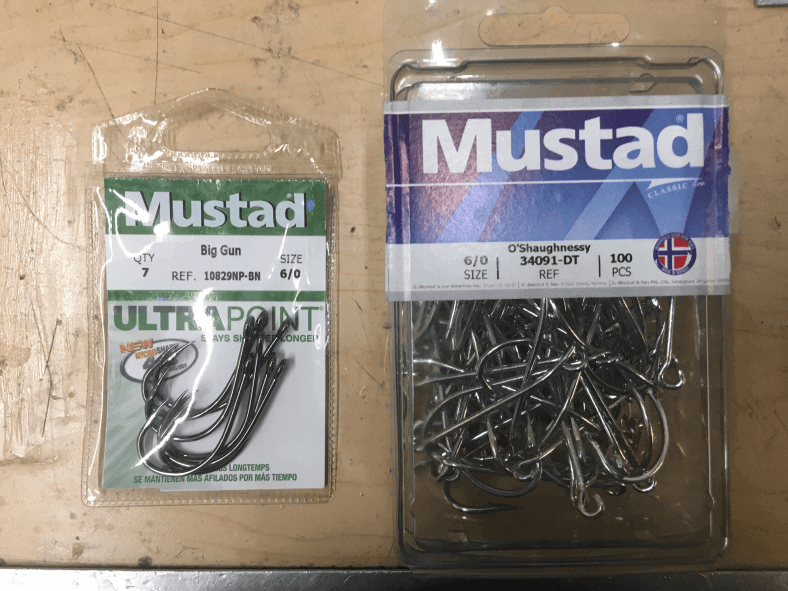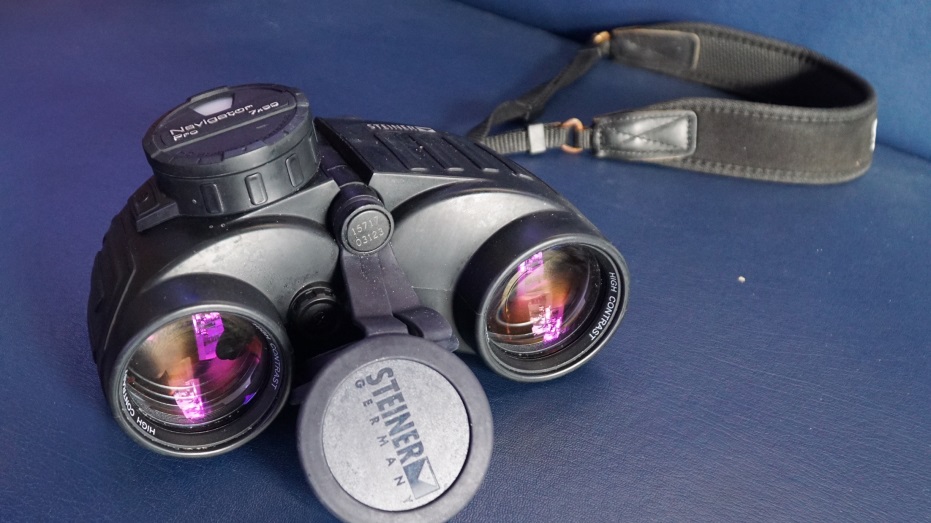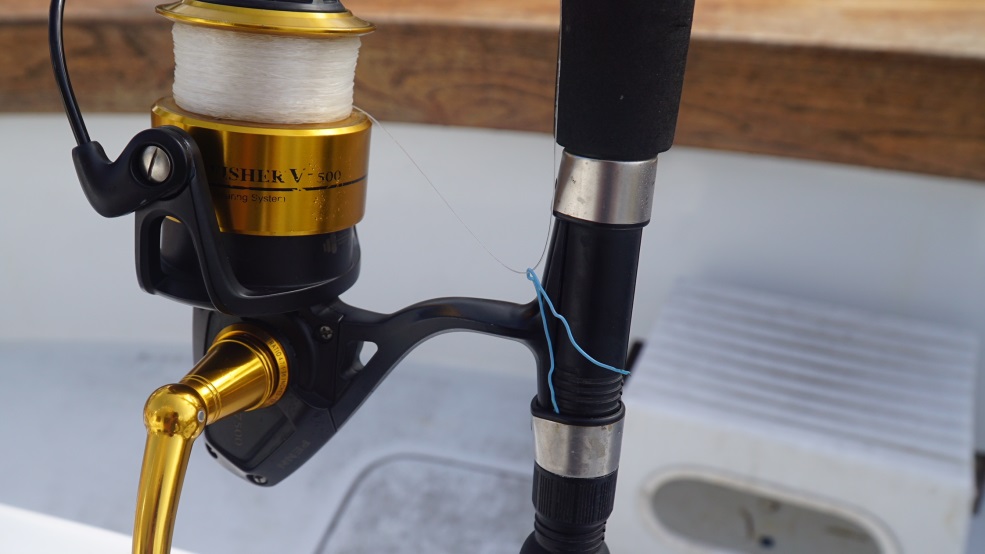Live Baiting Mahi
If you’re out fishing this weekend and looking to find a school of mahi-mahi, don’t make one of these top 5 mistakes. Here are a few tips which can help you catch your limit!
Avoid these 5 mistakes:
1. No live bait:
Although it’s not a requirement to catch dorado, sometimes the largest fish can be shy, weary of both the boat and artificial lures. A couple scoops of live bait will often mean the difference in going home a hero or a zero. Other boats have flagged us down or called us in on a school of mahi because they had no bait and the fish wouldn’t eat lures. In my experience one of the best mahi baits you can get is a small blue runner. They can be caught on sabiki rigs under large sargassum patches, and these hardy fish are irresistible to mahi. Pilchards, ballyhoo, cigar minnows and others can also make great baits. If you prefer to use artificial lures, bucktail jigs and lipped plugs can sometimes work just as well. The key is a fast retrieve.
2. Wrong Hooks:
With so many styles of hooks on the market, which is the best hook for mahi mahi? Without question, you will miss more fish by using a circle hook, period! J-hooks have a better hookup percentage, especially the offset ones. We prefer using either Mustad O'Shaughnessy 3407 size 5/0, or Mustad Big Gun 10829. Additionally, a long shank hook will help you de-hook fish, and faster. If you don’t mind retying hooks as often you can opt for a stealthier, smaller hook. 
3. Poor Drop back:
Once you’ve located the fish and cast out a live bait, it’s important to keep the reel in free spool. This means keeping the bail open on a spinning reel. We see this mistake far too often even with experienced anglers. When a school of mahi is feeding they will often compete aggressively over food. This means stealing out of another fish’s mouth. Often times the first one to grab the bait will swim 20-30 feet before getting it all the way in its mouth. Any tension on the line can rip the hook from the bait as it swims away, leaving you with nothing but a bare hook. A count of 4-5 seconds is usually a sufficient drop back. “Stinging” a fish can result in it fleeing from the bait and luring the rest of the school away from the boat. Another way to achieve a sufficient drop back on a spinning rod left unattended is to place a small piece of wire between the reel seat and rod. Often called a “bail wire”, this allows you to leave the bail open and place the phone wire over the line (illustrated below). When a fish grabs the bait it simply pulls the line off of the phone wire, allowing the fish to swim of with the bait before setting the hook. Another important aspect is proper angling skills. When fishing multiple hookups especially, it helps to have good technique. These Big Boat Angling Tips are sure to help!
4. Missing the school
When we hook a mahi on the troll, standard protocol is to pitch out live bait and keep the hooked fish near the boat for a minute or two. More times than not, the fish have a few friends in the area. Keeping a hooked fish 15 feet from the boat often results in the rest of the school coming in for a closer look. By assuming you’ve hooked a solo fish and hastily gaffing or flipping it in can cause you to miss the school.
5. Forgetting Binoculars
A good set of binoculars is worth its weight in gold when you’re mahi fishing. Being able to see a bird a few miles away lets you search a broader area when hunting mahi. Advances in radar allow modern anglers to key in flocks of birds miles beyond what the naked eye or binoculars can see. Radar won’t help you spot that floating piece of bamboo or wooden pallet though… Open expanses of blue water can be ocean deserts. I recall someone once saying that 90 percent of the fish are in 10 percent of the ocean. The key is to send more time locating and fishing areas where there is floating structure that holds forage for Dorado. This means sargassum weed, or other flotsam.

‹ Back












Comments